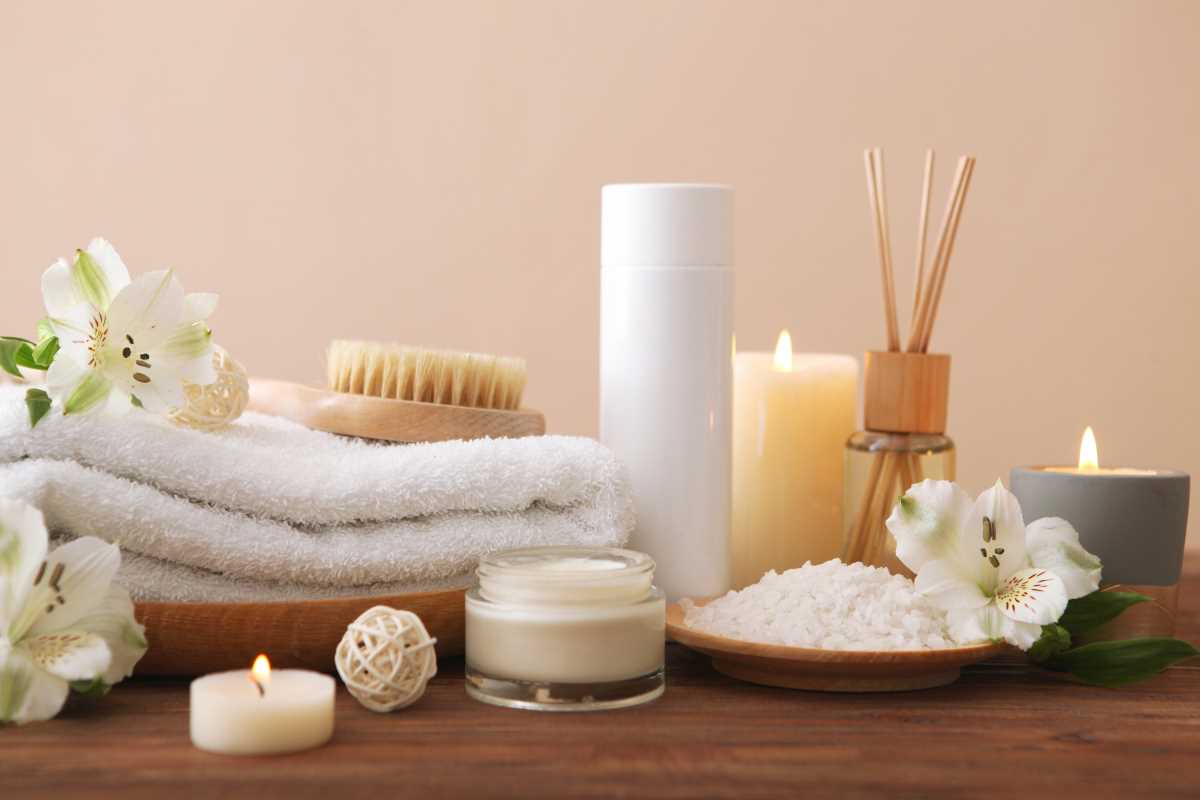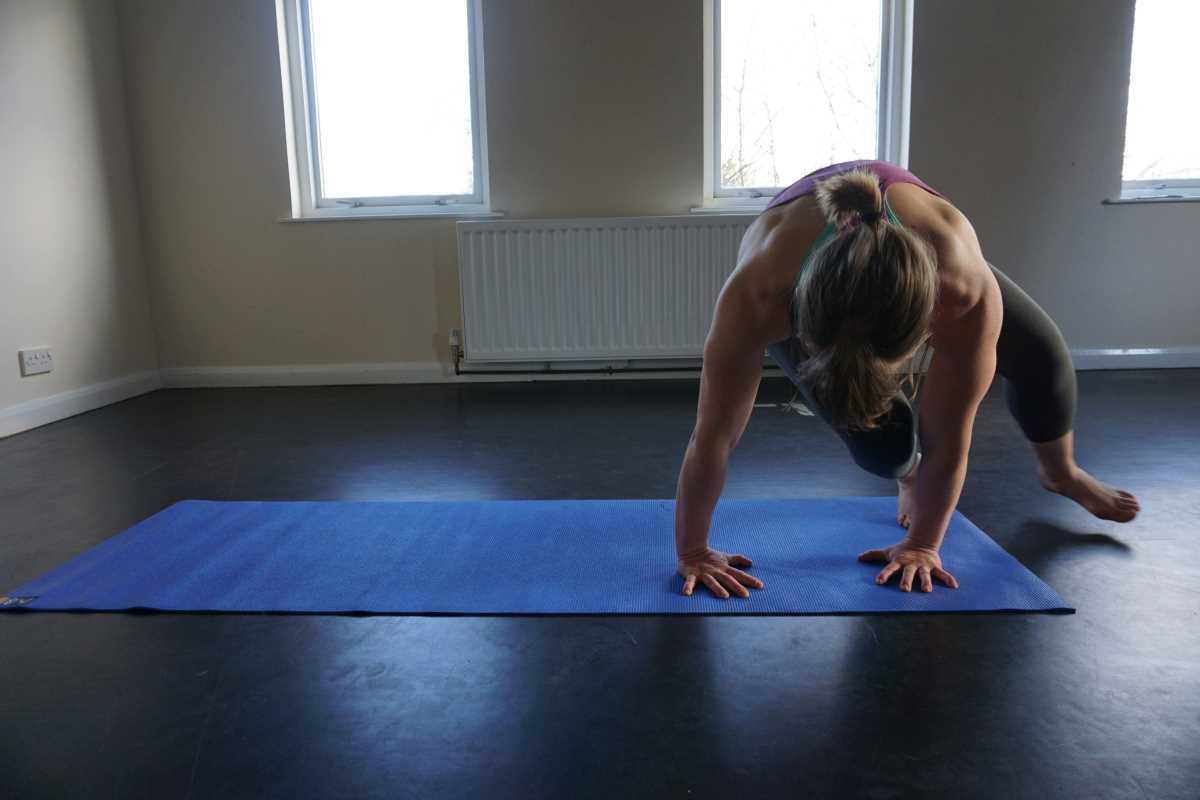Many people find that adjusting their sleep habits brings unexpected benefits. While familiar tips often get repeated, a few lesser-known approaches may help you overcome restless nights and wake up feeling more refreshed. Exploring some unconventional methods can make your bedtime routine more enjoyable and effective. By stepping outside the usual advice and trying something different, you might discover a new path to deeper, more restful sleep. Experimenting with these ideas gives you the chance to see what truly works for you and could turn your evenings into a time of true relaxation and renewal.
This guide covers five unexpected sleep habits that come with clear benefits and practical tips. Each method has a way of shaking up the familiar routine, and many people have found success simply by experimenting a bit. Let’s take a look at these alternative approaches and discover how they could work for you.
Habit 1: Embracing a Non-Traditional Sleep Schedule
Sometimes the usual nine-to-five or early-to-bed, early-to-rise schedule might not be the best fit. Adjusting your sleep times based on when you naturally feel tired can match your body's personal rhythm better. This method helps honor natural sleep desires instead of fighting against them.
Here are some benefits and considerations:
- More flexible sleep and wake times can lessen stress and pressure.
- Avoiding a rigid schedule can sync better with personal energy peaks.
- This method might suit night owls who do their best thinking after dark.
- It may require adjustments with work or school commitments, so plan carefully.
Habit 2: Unusual Pre-Bedtime Rituals That Work
Mixing up your nighttime routines may clear your mind and prepare your body for sleep. Instead of turning to simple meditation or reading, try other unique activities that can help lower stress and signal that it's time to rest.
Consider these interesting ideas in a numbered list:
- Write down your thoughts in a journal. This act can help you dump worries onto paper before bed.
- Create a gentle stretching routine that relaxes both muscles and mind.
- Listen to soft instrumental tunes or nature sounds to set a calm ambiance.
- Experiment with light aromatherapy by using essential oils like lavender.
- Engage in a short, focused art project such as doodling or gentle coloring.
Habit 3: Environmental Tweaks You Haven't Tried
Even small modifications in your sleeping space can improve your rest. Consider changing room lighting, temperatures, or sounds that can create a more peaceful environment. Many people notice that altering their surroundings has a big impact on how quickly they fall asleep.
If you explore environmental tweaks, you might adjust:
- The color and brightness of your lighting. Using dim, warm lights in the evening can signal your brain to wind down.
- The temperature of your room. A slightly cooler room often helps the body lower its core temperature, making sleep easier.
- The background sounds. A fan or white noise machine might block distracting noises and lead to a more consistent sleep pattern.
- Comfort elements such as pillows and blankets. Changing the setup can not only boost comfort but also create an association with sleep.
Habit 4: Meditation Make a Difference
This method involves actions taken during the evening that naturally ease your body into a slow winding down process. Switching up the routine to include unusual elements, like a short guided imagery session or a quiet, reflective walk around your home, can lead to surprisingly deep sleep. Try out these ideas to change the way you look at your own nighttime routine.
These habits help reduce the mental chatter that often delays sleep. Linking these actions with your sleep schedule helps your body start slowly recognizing signals that it’s time to rest, making it easier to fall asleep and improve quality without needing additional sleep aids.
Habit 5: Mind and Body Techniques Beyond the Basics
Combining both physical motion and mental calmness can bring about a profound state of relaxation. Moving away from common techniques, you might explore methods that mix gentle physical exercises with focused breathing or self-massage routines. These activities help reduce physical tension and quiet a busy mind without resorting to standard relaxation practices.
Some practical techniques to try include:
- A gentle yoga sequence aimed at releasing muscle stiffness. Even a few simple poses can ease tension after a long day.
- Progressive muscle relaxation where you slowly tighten and relax different groups of muscles.
- A self-guided body scan. Start at your toes and work up slowly, noticing any areas that need extra care.
- Incorporating slow, deep breathing exercises that naturally slow down your heart rate.
Many people share stories of how these combined methods helped them reset their sleep patterns. When the mind and body work together in a calm state, sleep tends to follow naturally and feels much more restorative.
Trying these unconventional sleep habits might be just what you need to find a routine that feels right. Experiment with the ideas above and see what adjustments lead you to a better night's rest.
Try a new bedtime routine and stay open to different approaches for a better night's rest.
 (Image via
(Image via





